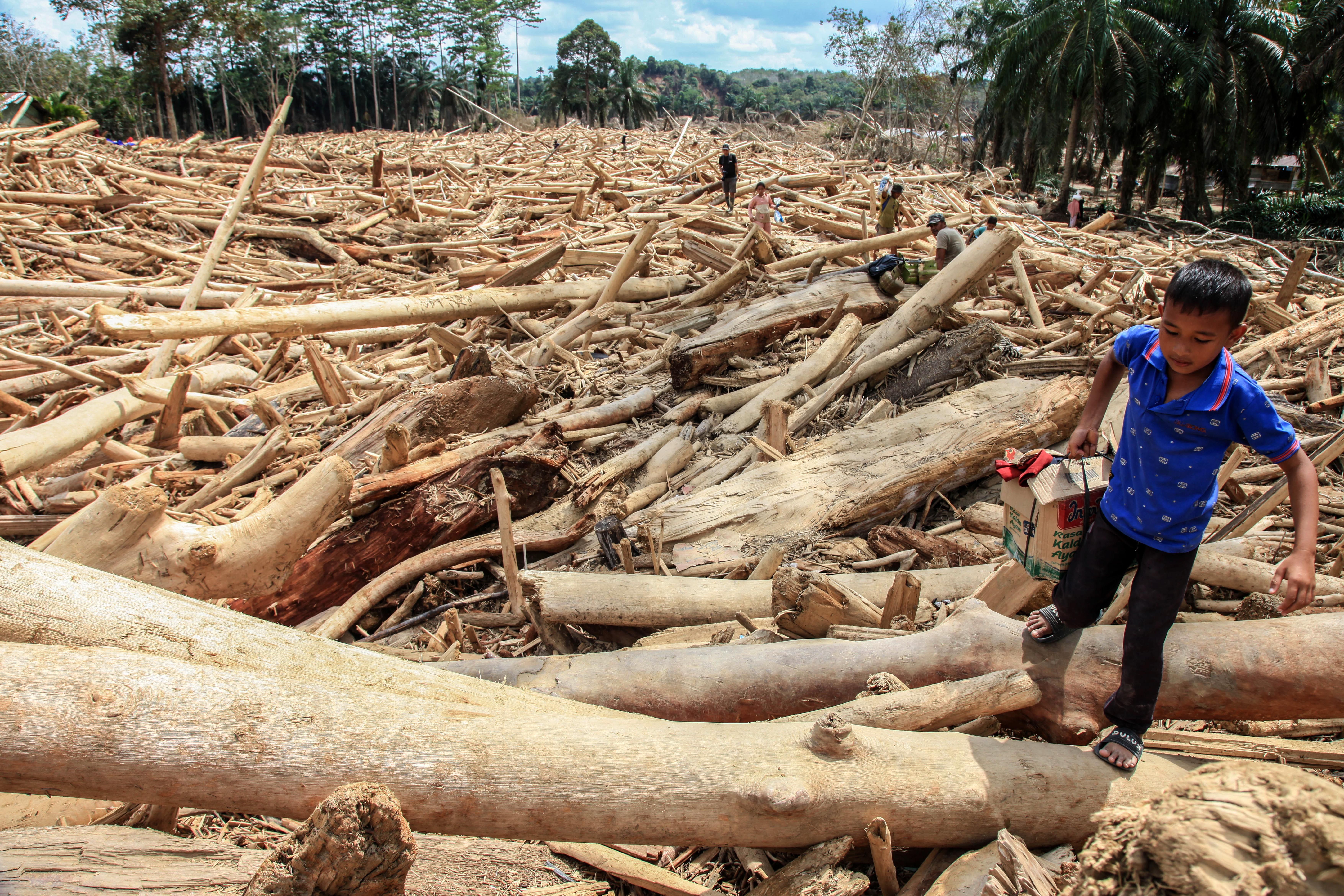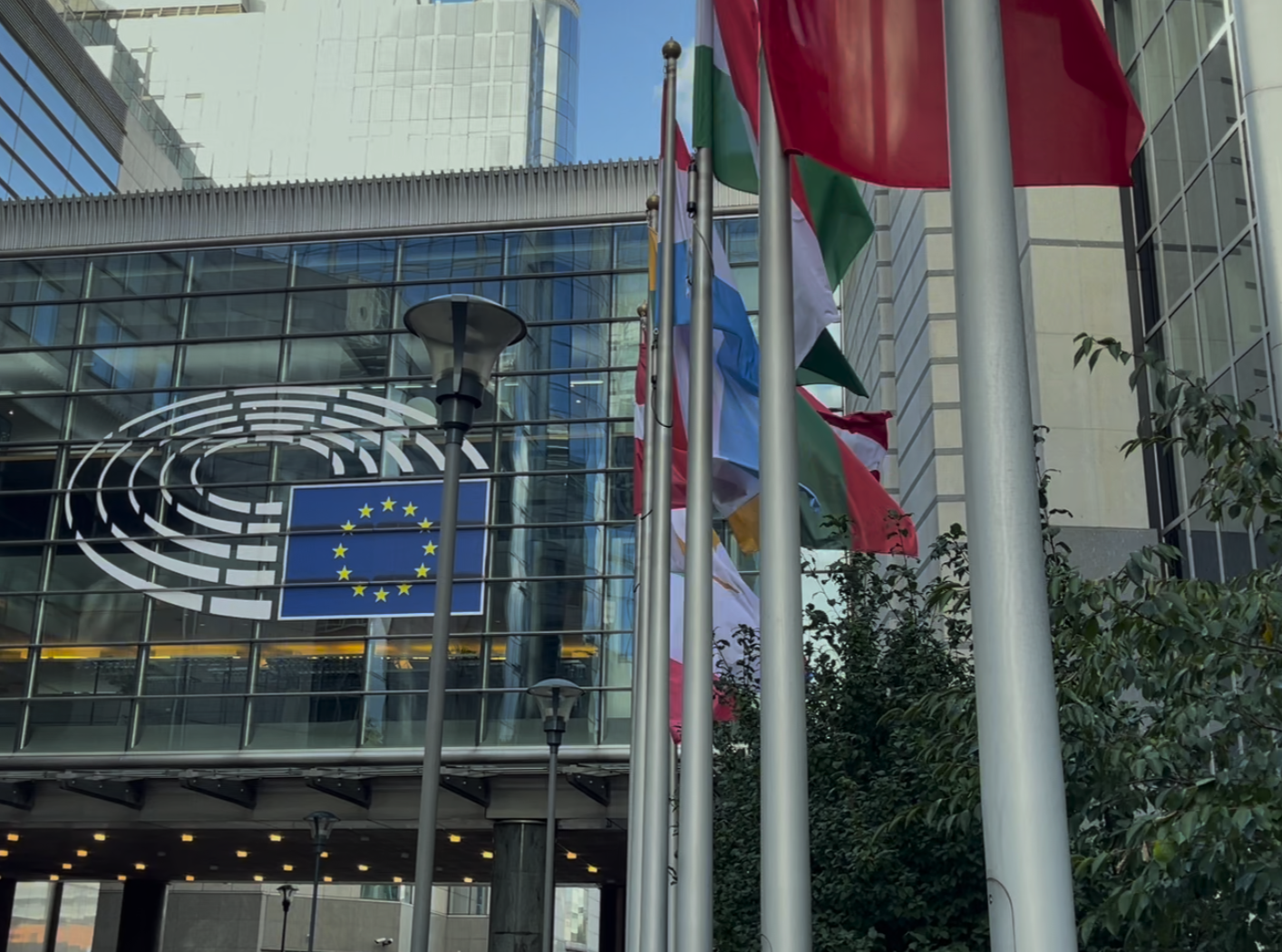
Preliminary figures released
by the Brazilian government reveal that deforestation in the Amazon has reached
its highest rate in a decade, with the Environment Minister Edson Duarte
blaming “organised crime”.
Between August 2017 and July 2018, 7,900 square kilometres
of native forest were lost mostly to illegal logging and agricultural
expansion. This represents a 13.7% rise on the previous year and is the
highest level seen since 2008.
The size of the forest loss is equivalent to
987,000 football pitches or more than half the territory of
Jamaica.
In an official statement,
Environment Minister Edson Duarte said that, “in addition to intensifying
enforcement operations as the federal government has been doing in recent
years, we need to mobilise all levels of government, society and the productive
sector to combat environmental crimes and defend the biome’s sustainable
development”.
Unsurprisingly, the worst affected states are Pará, Mato
Grosso and Rondônia, part of the Amazon ‘arc of deforestation’, an area of
millions of square kilometres that has suffered heavy forest loss in recent
decades to cattle ranching, grain crops – especially soy – logging, mining and
infrastructure projects. These three states account for nearly three quarters –
or 5,903 square kilometres – of the deforestation during 2017-2018.
Worryingly, Amazonas state is the fourth most affected, with
the loss of 1,045 square kilometres of native forest. The state, the largest in
the Brazilian Amazon and previously thought to be safe from large-scale forest
loss, has witnessed a recent expansion of cattle ranching, logging and mining. This
has led many to believe that a new frontline of deforestation is opening up in
the north of Brazil – to date the greatest deforestation rates have taken place
in the ‘arc of deforestation’ that sweeps across the southern borders of the
biome.
The numbers were released by Brazil’s National Institute for
Space Research (INPE), which carries out annual analyses of deforestation in
the Amazon. In the past, analyses by Global Forest Watch have shown that INPE’s
numbers can be an underestimate as
they only include areas of forest loss that are larger than 6.5 hectares (ha) and
ignore forest degradation from fire. In 2017, for example, GFW detected
deforestation of 3.47 million ha, compared to
INPE’s 690,000ha, although part of this is explained by the fact that the former
measures forest loss from January to December, while INPE uses August to July.
Greenpeace has laid the blame for
current deforestation trends on the federal government and the agribusiness lobby
in congress, which have adopted a series of measures to undermine protected
areas, starve enforcement agencies of resources and give amnesty to illegal
deforesters.
This decade-high rate of deforestation, although widely
anticipated by conservationists documenting increasing levels
of forest loss in the Amazon throughout 2018, comes at uncertain times for
Brazil’s forests and indigenous peoples. Minister Edson Duarte’s calls for
government to mobilise around environmental protection could fall on deaf
years.
Jair Bolsonaro, the far-right president-elect to be
inaugurated on 1 January, has pledged to weaken environmental protections and
enforcement in order to boost the country’s agribusiness sector, one of his
main political backers.
In Amazonas state, for example, things could get worse if
Bolsonaro keeps his promise to water down environmental impact assessments for
infrastructure projects. This would make way for the paving of
motorway BR-319 without putting in place the necessary protective measures,
facilitating illegal land conversion by land grabbers, cattle ranchers and
miners.
As Marcio Astrini, Greenpeace Brasil’s public policy
coordinator, has told the Guardian,
“the situation is very worrying… what is bad will get worse.” Recent simulations conducted
by INPE’s researchers show that deforestation under Bolsonaro could increase
threefold, taking the country back to the record levels of deforestation seen
before 2004.
Nonetheless, as Earthsight's ‘Brazil in Focus” shows, conservationists
and some government officials remain hopeful that Bolsonaro and his
agribusiness backers will face stiff resistance from several corners. The
struggle for the future of the Amazon is about to heat up.



